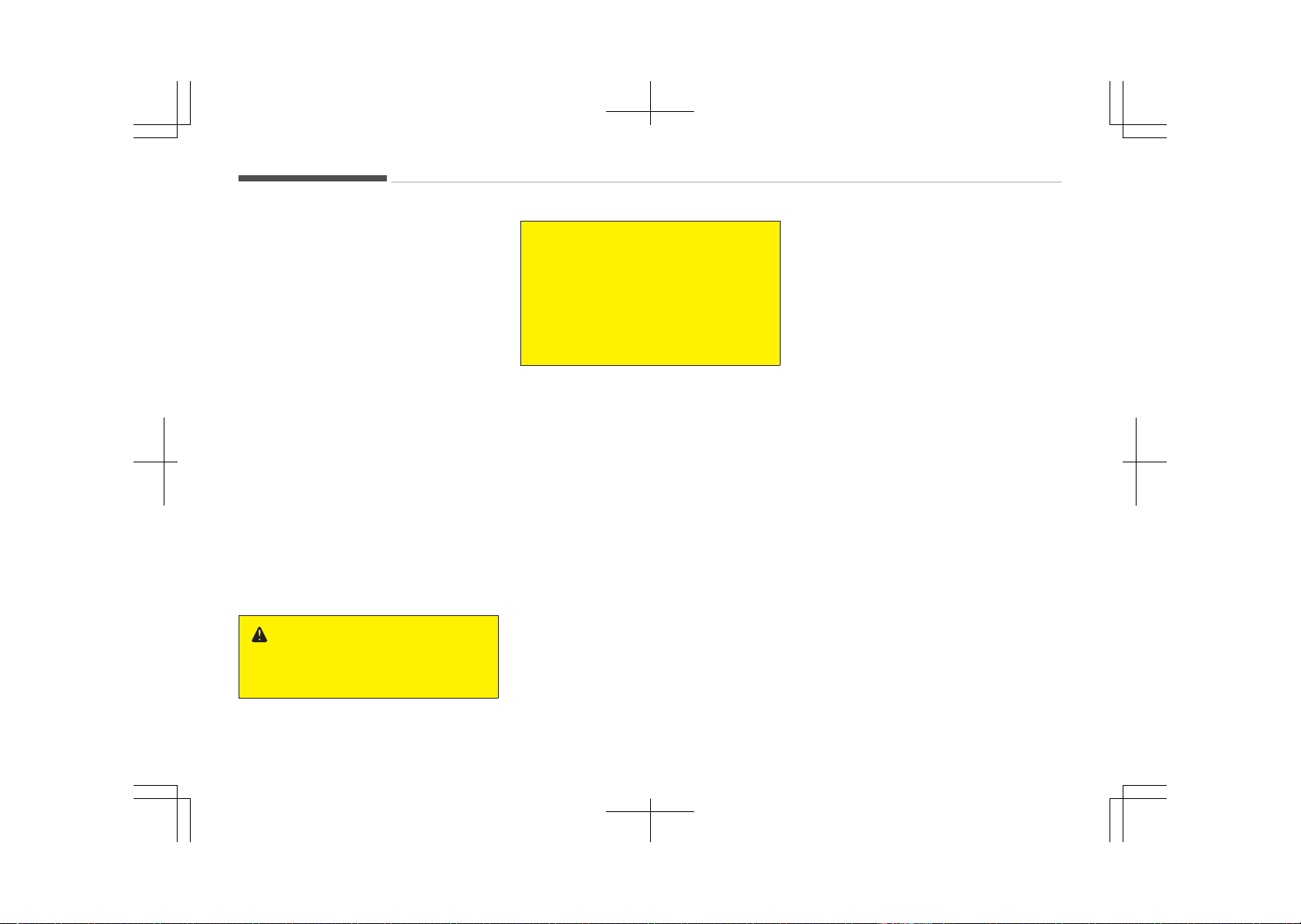Loading ...
Loading ...
Loading ...

Instructions about safety chains may
be provided by the hitch manufacturer
or by the trailer manufacturer. Follow
the manufacturer’s recommendation
for attaching safety chains. Always
leave just enough slack so you can turn
with your trailer. And, never allow safe‐
ty chains drag on the ground.
Trailer brakes
If your trailer is equipped with a braking
system, make sure it conforms to your
country’s regulations and that it is
properly installed and operating cor‐
rectly.
If your trailer weighs more than the
maximum trailer weight without trailer
brakes loaded, then it needs its own
brakes and they must be adequate. Be
sure to read and follow the instructions
for the trailer brakes so you’ll be able
to install, adjust and maintain them
properly.
• Don’t tap into your vehicle's brake
system.
WARNING
n
Trailer brakes
(Continued)
(Continued)
Do not use a trailer with its own
brakes unless you are absolutely
certain that you have properly set
up the brake system. This is not a
task for amateurs. Use an experi‐
enced, competent trailer shop for
this work.
Driving with a trailer
Towing a trailer requires a certain
amount of experience. Before setting
out for the open road, you must get to
know your trailer. Acquaint yourself
with the feel of handling and braking
with the added weight of the trailer.
And always keep in mind that the vehi‐
cle you are driving is now a good deal
longer and not nearly so responsive as
your vehicle is by itself.
Before you start, check the trailer hitch
and platform, safety chains, electrical
connector(s), lights, tires and mirror
adjustment. If the trailer has electric
brakes, start your vehicle and trailer
moving and then apply the trailer brake
controller by hand to be sure the
brakes are working. This lets you check
your electrical connection at the same
time.
During your trip, check occasionally to
be sure that the load is secure, and
that the lights and trailer brakes are
still working.
Following distance
Stay at least twice as far behind the
vehicle ahead as you would when driv‐
ing your vehicle without a trailer. This
can help you avoid situations that re‐
quire heavy braking and sudden turns.
Passing
You’ll need more passing distance up
ahead when you’re towing a trailer.
And, because of the increased vehicle
length, you’ll need to go much farther
beyond the passed vehicle before you
can return to your lane.
Backing up
Hold the bottom of the steering wheel
with one hand. Then, to move the trail‐
er to the left, just move your hand to
the left. To move the trailer to the
right, move your hand to the right. Al‐
ways back up slowly and, if possible,
have someone guide you.
Driving your vehicle
6-88
Loading ...
Loading ...
Loading ...